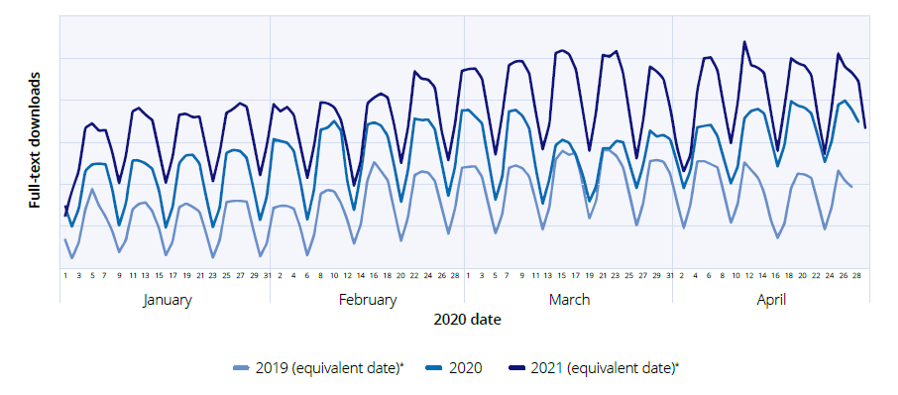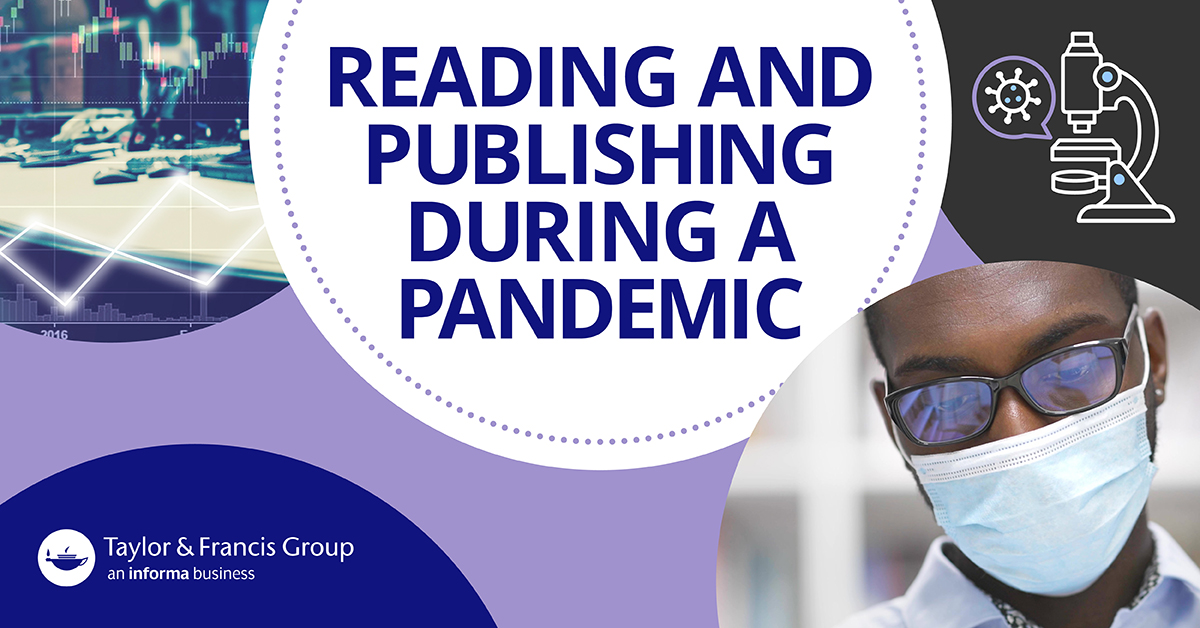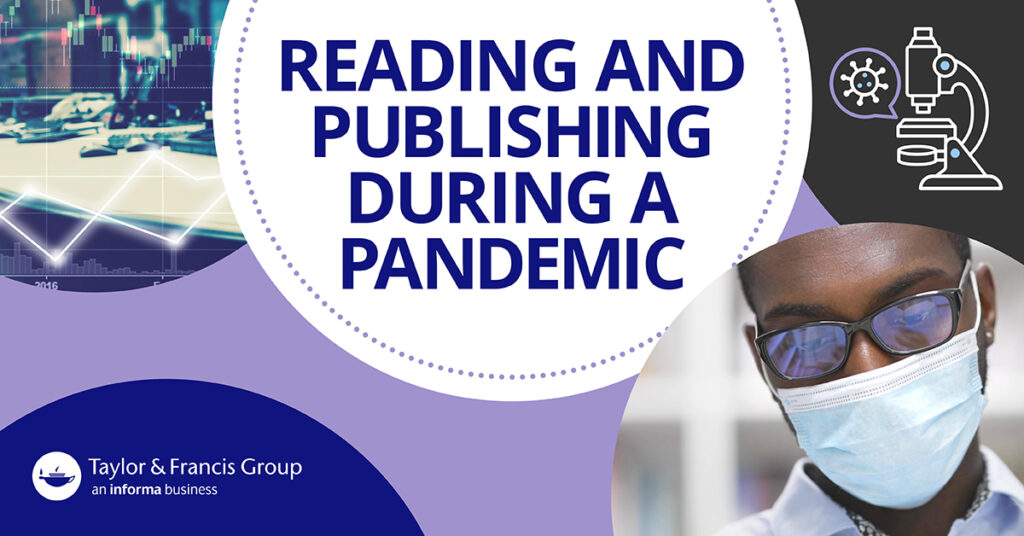Reading during a pandemic
How did COVID-19 disruption impact academic journal usage?
This blog series shares highlights from our new report: Reading and Publishing during a pandemic. In this post, find out about trends in reading patterns we saw during 2020 and 2021, and download your free copy of the report today to find out more.
Looking back on 2020 and 2021
As COVID-19 spread throughout our communities, so many things suddenly changed. The lockdowns in many regions forced educational institutions and library buildings to close their doors or to dramatically reduce their capacity. The movement of researchers and students was also restricted, finding themselves off campus for large parts of 2020 and 2021.
- How did all this affect how scholarly journals were accessed and consumed?
- Did the pandemic disruptions lead to journals being read less?
- What were people reading? Did more readers turn to medical publications to get answers about the crisis they were living through?
These are some of the questions we were interested in answering, to help you gain insight into the priorities of and problems faced by your library users. So, we’ve mined the data from our publishing platform and other sources to see what they can tell us. What we found is contained in our new report: Reading and publishing during a pandemic.
3 trends in reading patterns
Among many other conclusions revealed by the data, we discovered that:
- Lockdowns had only a very temporary negative impact on readership of academic journals.
- COVID-19 research was highly read but it wasn’t the only field of study that saw growth during the period.
- Altmetric attention scores reveal that COVID-19 articles received high levels of engagement but other popular topics, from climate change to dinosaurs, continued to be widely talked about.
- And more…
Spotlight on reading patterns
Would researchers still know how to access important research when working off campus? Would article usage go down, given that there was so much more on people’s minds?
Taylor & Francis, like many publishers, responded rapidly at the start of the pandemic to ensure there was clear guidance for institutions and researchers about the many different ways to access journal content remotely. At this time we also brought in a new feature giving users institutional access through their own Taylor & Francis Online account.
The graph below shows the number of article downloads on our platform, Taylor & Francis Online, for the same four-month period over three years:

When examined, fluctuations in usage do seem to map against key events relating to the pandemic.
Daily article readership was down the last two weeks of March 2020, coinciding with global adjustments to working patterns and lockdowns happening around the world. Mid-February 2021 also saw a drop in daily article readership (though to a lesser extent than 2020), again coinciding with when lockdowns were reintroduced in some countries.
This might be an indication that, at first, some readers were not aware of how to access the research they needed. On the other hand, it may be more a reflection of the severe disruption to people’s lives during lockdowns. Even if they did know how to access the resources they usually used, they may not have the time or motivation to read academic literature.
Looking at longer-term trends, there is no evidence that the pandemic directly caused any sustained increase or decrease in usage, no matter the access type (open access, free to access, or subscription).

Find out more in the report, including what research was being discussed, publishing trends, and search habits
* ‘Equivalent date’ aligns year-on-year weekday and weekend results.

